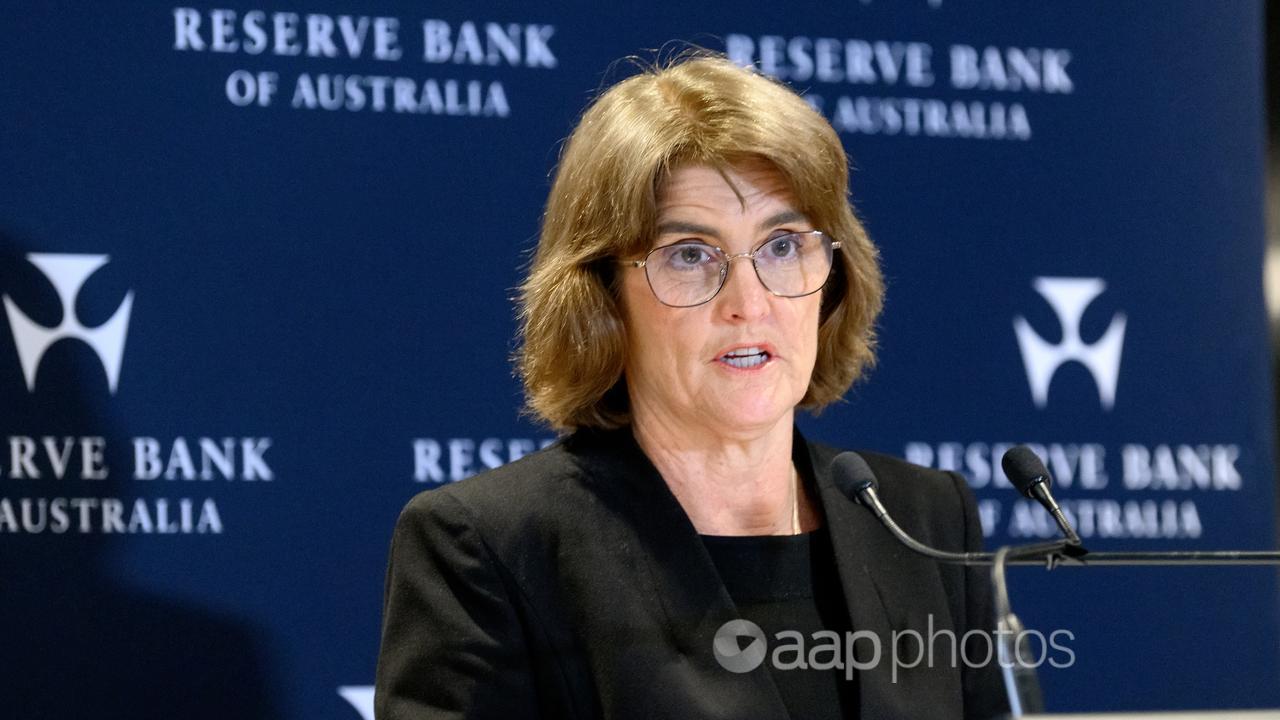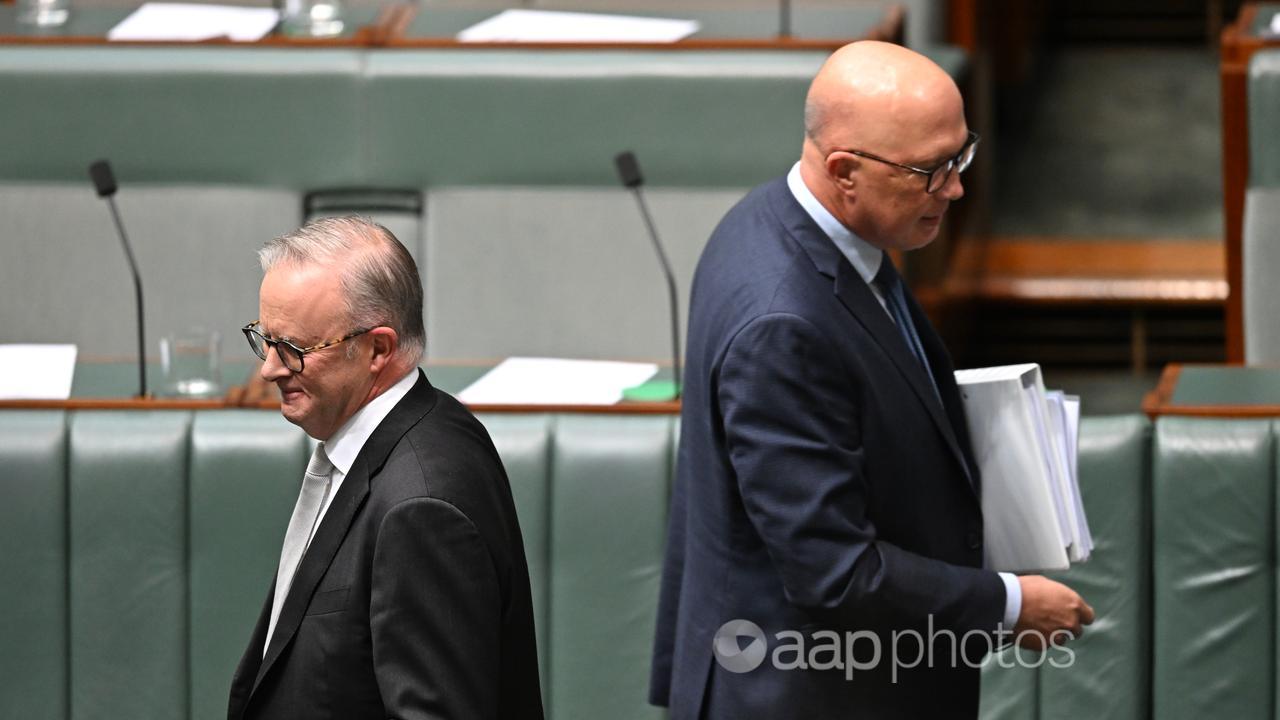Borrowers should not rule out the prospect of another interest hike as the head of Australia’s central bank warns rates may need to go higher if inflationary pressures persist.
Doubling down on the assertive tone adopted after Tuesday’s board meeting, Reserve Bank of Australia governor Michele Bullock said inflation was “still too high” and services prices, such as rents and insurance, were proving “very sticky”.
Interest rates were kept on hold at 4.35 per cent at the RBA’s August meeting, where they have been since November 2023.

The governor also pushed back on expectations of a near-term cut.
Ramming home the message in a lecture at the Rotary Club of Armidale, Ms Bullock said the board remained “vigilant” to upside inflation risks and “will not hesitate to raise rates if it needs to”.
Refreshed economic forecasts from the bank have underlying inflation staying higher for longer, in part due to a stronger-than-expected outlook for domestic demand influenced by recovering household consumption and stronger public spending.
The assessment has put federal and state governments under pressure to prove their policies are helping combat price pressures, allowing the RBA to cut interest rates sooner rather than later.
Prime Minister Anthony Albanese said federal budget policies were “arm-in-arm” with monetary policy, especially with his government on track to deliver back-to-back surpluses.
Additionally, policies such as fee-free TAFE and energy bill relief were designed to “put downward pressure on inflation”, he told Sky News on Thursday.
Opposition Leader Peter Dutton said a war had broken out between the RBA governor and the Albanese government.
State and federal governments were “splashing more money” into the economy “in a way that will drive up inflation, therefore interest rates, or keep those interest rates for higher for longer,” Mr Dutton told reporters on Thursday.

Ms Bullock said monetary and fiscal policy were needed to help tame inflation yet the government had a raft of other jobs as well, such as providing services and infrastructure to citizens.
“So they need to do that at the same time as they need to focus on keeping inflation down,” she said.
“My personal view is that they’re doing what they can do in that area, and I’m doing what I can do in that area.”
Interest rates have already started coming down in other advanced economies such as Canada, and the US Federal Reserve was signalling easing in September even before fears of recession triggered volatility in financial markets.
Ms Bullock pushed back on expectations of “emergency rate cuts from the Fed (that) the Reserve Bank’s got to follow”, reiterating the board did not see interest rates coming down quickly based on existing information.
Australia had not jacked up interest rates as high as other countries, she added, which meant policy was a “bit less restrictive” than in other parts of the world “so we need to be a little bit careful”.
Yet were she faced with a “multitude of evidence” the economy was turning down much more quickly than thought, including rising unemployment and falling inflation, the board would lower interest rates.
“We just can’t see what it is at the moment that’s going to allow us to lower interest rates.”




















